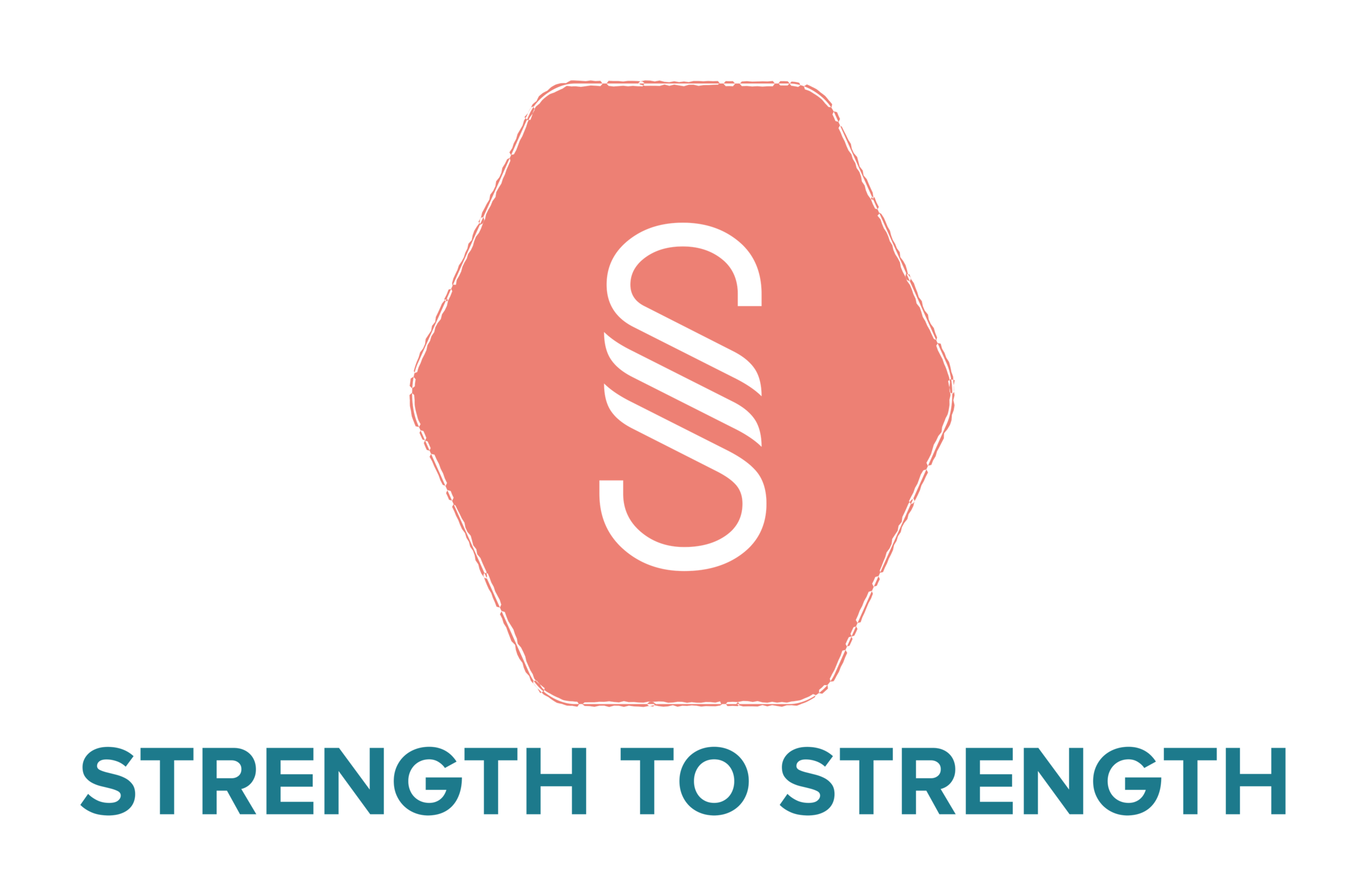Pelvic Floor
TOP TIPS for Pelvic Floor Rehab for the first six week postpartum (and beyond).
Madison Cutmore (Physiotherapist in Women’s Health). @physiomads @therunningroom @imovephysiotherapy
Pelvic floor health is important throughout the lifespan, however it is especially important in the first six weeks postpartum. Not only have postnatal women spent ~9months carrying the pressure of a growing baby on their pelvic floor, if they’ve had a vaginal delivery, they have had the added stress of pelvic floor stretching and/or tearing.
To understand your pelvic floor you need to first understand some anatomy. Your pelvic floor is a group of muscles and fascia that form a ‘sling’ and run from your pubic bone to your tailbone and help support all of your internal pelvic organs, help prevent leakage and are important in sexual function.
To kickstart your pelvic floor rehab:
1. Start ASAP postnatally to begin strengthening and to restore neural pathways that can be broken due to trauma and damage during delivery. The easiest cue for activating your pelvic floor is to simply think about stopping the flow of urine when you’re on the
toilet. Whilst you don’t want to train your pelvic floor on the toilet as this can create bad patterns, you do want to visualise this cue and think about the contraction in three parts: squeeze, lift, relax.
2. Train it like any other muscle in your body, your pelvic floor needs regular and consistent training. You need to train your pelvic floor at least three times a week, just like you would any other muscle. Training is most effective when completed in a block, with exercises focussed on strength, endurance and coordination. And, the good news is that it actually works - pelvic floor muscle training has been shown across many studies to cure urinary stress incontinence in 50% of women and improve symptoms of leaking in 75% of women (Cochrane, 2018).
3. Time your training with your breathing - it can be helpful to link your training to your breathing; your pelvic floor naturally descends when you inhale and lifts when you exhale. SO cueing your breathing with your training to inhale relax your pelvic floor then exhale contract, squeeze and lift, can help you learn the correct patterning.
4. Coordinate with movements - once you have nailed your pelvic floor contraction, start to incorporate this into different positions and with different movements. See if you can activate in childs pose, 4pt kneeling and then with a bridge!
5. Try this! Given the variation in women’s pelvic health, there is no perfect program or exercise for everybody and It’s important that you consult a women’s health physiotherapist to do a vaginal exam to assess the quality of your pelvic floor. Here’s a common pelvic floor program for an underactive pelvic floor::
Repeat for 5mins:
● Pelvic tilts x10
● 5second Pelvic floor holds x5
● Bridges with pelvic floor contraction x10
● Pelvic floor in childs pose (quick ones to fatigue) x10
